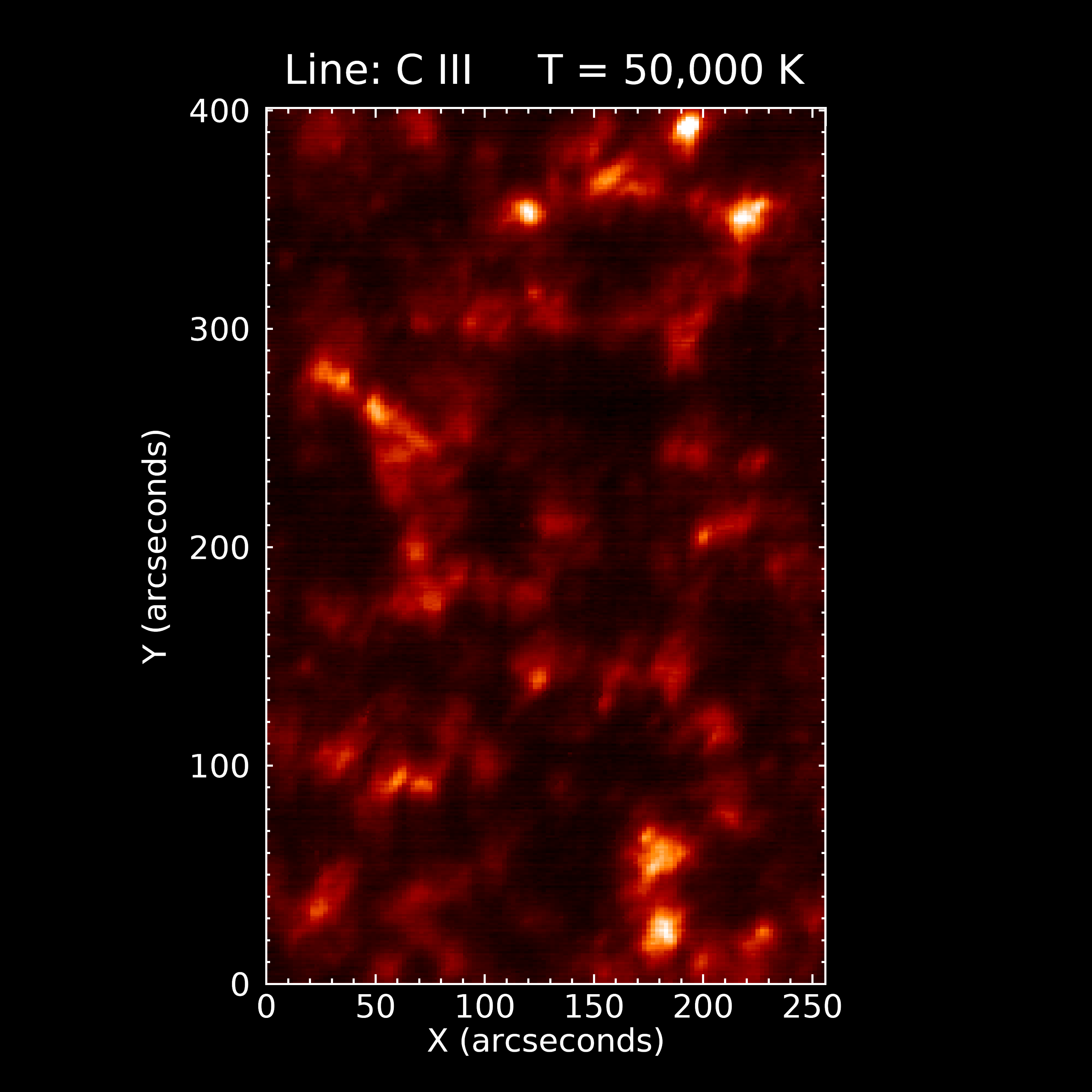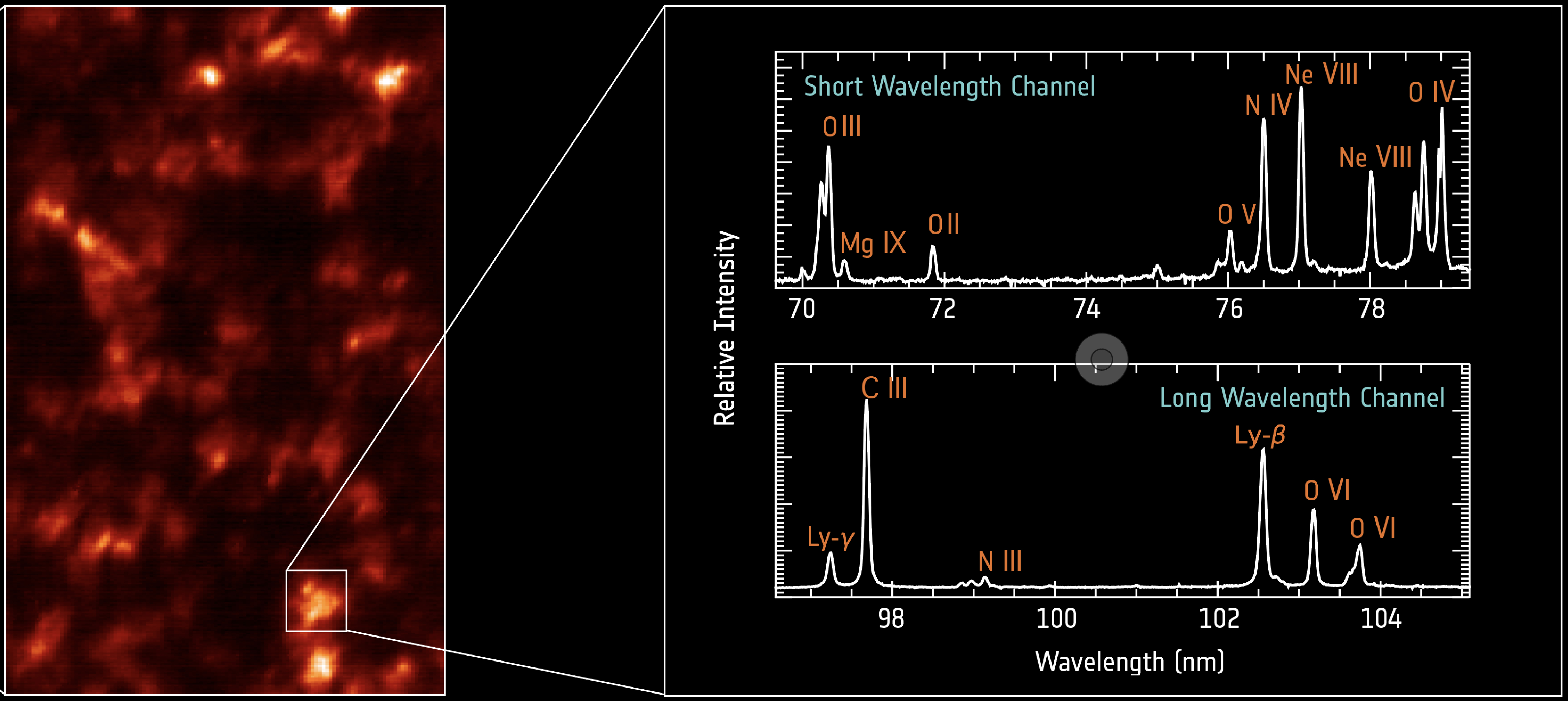 All 10 of the instruments on board Solar Orbiter have now successfully completed commissioning, and reached the closest approach to the Sun so far. These early observations demonstrate that Solar Orbiter's telescopes are already observing unknown phenomena and are ready for further scientific observations as it travels closer to the Sun and images the poles for the first time.
All 10 of the instruments on board Solar Orbiter have now successfully completed commissioning, and reached the closest approach to the Sun so far. These early observations demonstrate that Solar Orbiter's telescopes are already observing unknown phenomena and are ready for further scientific observations as it travels closer to the Sun and images the poles for the first time.
RAL Space led the large international consortium to design and build the Spectral Investigation of the Coronal Environment (SPICE) instrument and has been responsible for commissioning the instrument since launch.
Dr Andrzej Fludra, the SPICE Instrument Consortium lead and a Co-Principal Investigator from RAL Space said: “We are delighted to see the first spectra and images from SPICE. They promise to solve the outstanding questions about the dynamic processes and composition of the Sun's atmosphere. Spectroscopy is a powerful tool for the diagnostic of fundamental processes in hot plasmas. Each spectral line gives us a piece of the puzzle – combining information from all lines reveals the amazing complexity of the atmosphere."
The Sun as seen by SPICE at 77 million km, the spacecraft's closest approach so far. Credit: Solar Orbiter/SPICE Team/ESA & NASA; STFC RAL Space/ Institut d’Astrophysique Spatiale/ Max-Planck-Institut für Sonnensystemforschung/ PMOD WRC/ Institute of Theoretical Astrophysics, University of Oslo/ NASA Goddard Space Flight Center/ Southwest Research Institute/ Physikalisch-Technische Bundesanstalt/ ESR Technology Ltd/ Almatech/ APCO Technologies/ European Space Agency
The images show a full extreme-ultraviolet spectra, taken in two wavelength bands at the centre of the Sun. They combine the first spectra captured by SPICE on 21st April with the closest ever images captured during the spacecraft's closest approach to the Sun so far, on 15th June, when the spacecraft was about half the distance between the Earth and the star. It shows the temperature and intensities of a range of ionised atoms, which are formed at temperatures from 10,000 to 10 million K, at an area of stronger magnetic fields which heats the plasma. This is the first glimpse from SPICE of data that will give us measurements of the temperature, composition and speed of plasma flowing out from the Sun's atmosphere, which will help us unravel the mysteries of the origin of the solar wind.
These early measurements were taken during a relatively inactive period in the 11 year cycle of the Sun. However, Solar Orbiter's unprecedented proximity to the Sun highlights the low-level activity, which is continuously taking place on the surface in small spatial scales. SPICE will be able to record detailed extreme ultraviolet spectra of all solar features, from small intensity bursts to large flares reaching 10 million Kelvin, and long-lived coronal holes.
Scientific significance
Scientists are already getting excited about what SPICE will offer. The first images from the EUI, another of the Solar Orbiter's 10 instruments, shows what looks like heaps of miniature versions of solar flares, invisible from the Earth. In order to fully understand these bright areas, and the role they may play in heating the Sun's corona, or outer atmosphere, scientists will need to use the SPICE instrument to precisely measure the temperature of these 'campfires'. The reason why the corona is more than 300 times hotter than the surface of the Sun is one of the great unknowns for solar scientists and space weather forecasters. SPICE will be able reveal these processes for the first time.
The first images of the Sun by captured by SPICE. Solar Orbiter’s SPICE will help reveal the mysteries of the solar wind Credit: Solar Orbiter/SPICE Team/ESA & NASA; STFC RAL Space/ Institut d’Astrophysique Spatiale/ Max-Planck-Institut für Sonnensystemforschung/ PMOD WRC/ Institute of Theoretical Astrophysics, University of Oslo/ NASA Goddard Space Flight Center/ Southwest Research Institute/ Physikalisch-Technische Bundesanstalt/ ESR Technology Ltd/ Almatech/ APCO Technologies/ European Space Agency
Deciphering the first image from SPICE
The left panel shows the distribution of emission from carbon ions for this region of the Sun's atmosphere at temperatures around 50,000 K at a wavelength of 97.7 nm. The brighter areas indicate greater intensities of this spectral line emitted by carbon ions. This appears as a bright honeycomb pattern and is created by the underlying network of invisible magnetic fields: the bright emission is concentrated above stronger magnetic fields which heat the plasma.
The right panel shows full spectra in both wavelength bands from the small area indicated in the left panel. At the extreme ultraviolet wavelengths the lines show a wide range of ionized atoms including hydrogen, carbon, neon, oxygen and iron which can be identified from their unique 'fingerprint' in the spectrum. These ions are formed at temperatures from 10,000 to 1 million Kelvin, covering different layers of the solar atmosphere from the chromosphere up to the corona. SPICE is the only instrument on board Solar Orbiter that can measure such spectra from the disk of the Sun and it can record all spectral lines simultaneously at rates as fast as every 5 seconds. This unique capability helps us monitor rapidly evolving solar features.
Next steps
SPICE will begin measuring the flows of plasma in the Sun's atmosphere, its composition and its wide range of temperatures in many different targets on the Sun. All Solar Orbiter instruments will combine their data to get the most detailed understanding of how the Sun produces its activity and how its low corona is connected to the inner heliosphere.
A detailed analysis of the commissioning data will continue for several months, while the plans for future science observations for 2021 - 2025 are being developed together with colleagues at the Institut d'Astrophysique Spatiale in France and other groups. The team at RAL Space will remain heavily involved and are excited to see what this incredible mission will reveal about the Sun in the years to come.
Solar Orbiter will now take 18 months to reach its initial operational orbit near the Sun when the proper science mission will begin. During the first close approach of the main science phase, in early 2022, it will get as close as 48 million kilometres. The spacecraft's orbit will then be adjusted to slowly climb out of the ecliptic and provide our first ever view of the Sun's poles later in the mission
